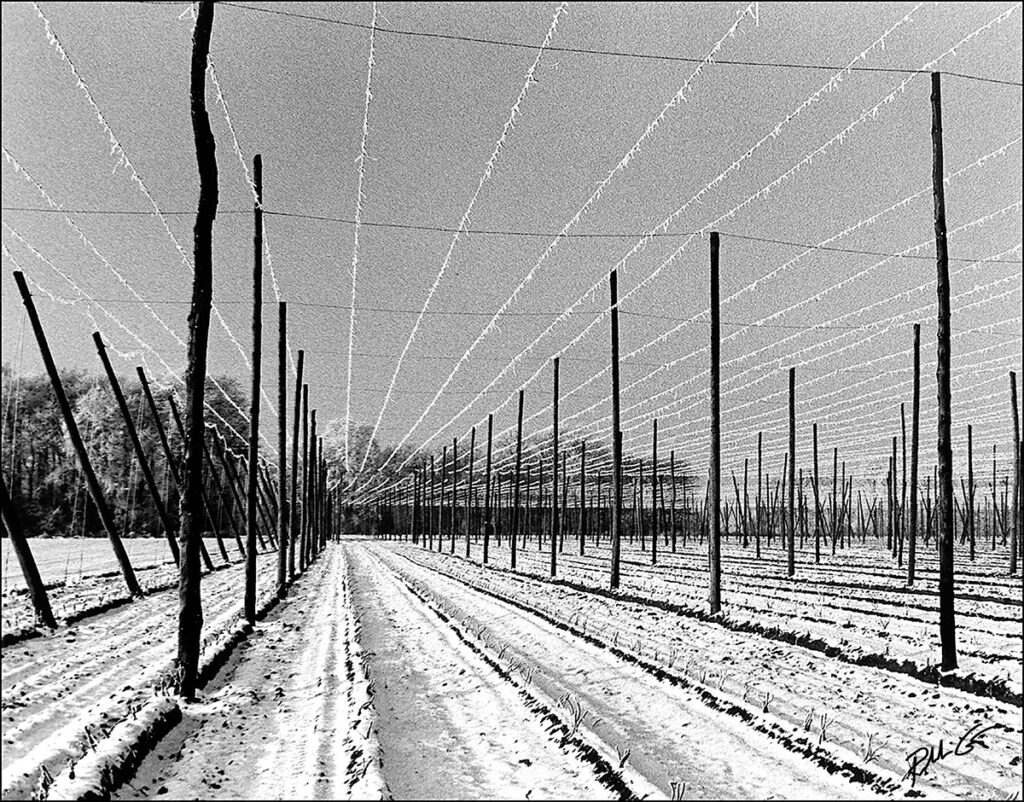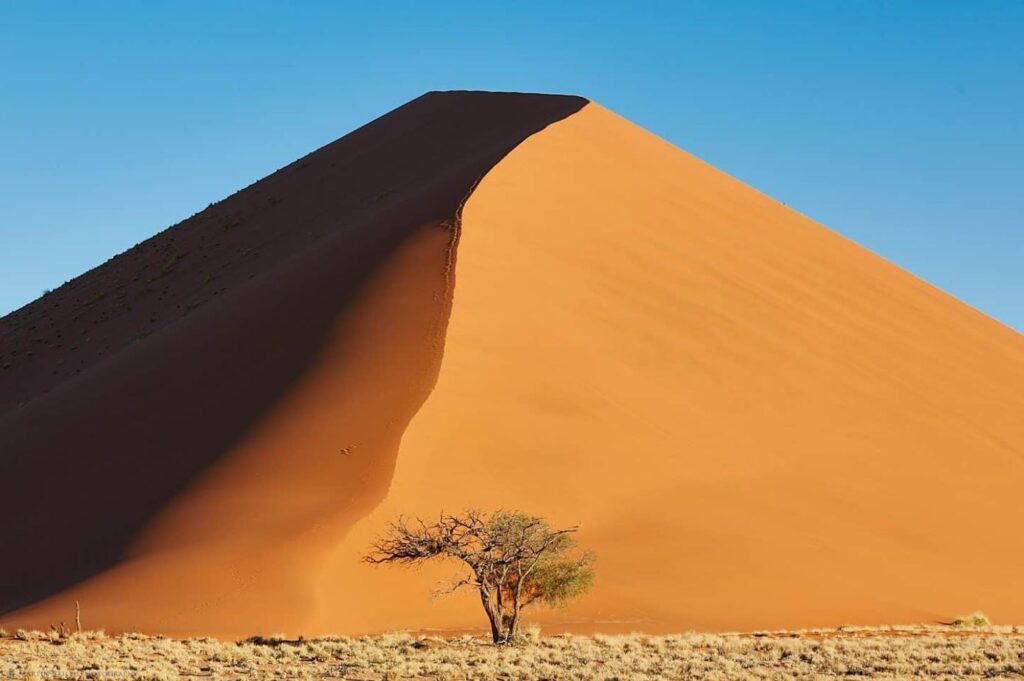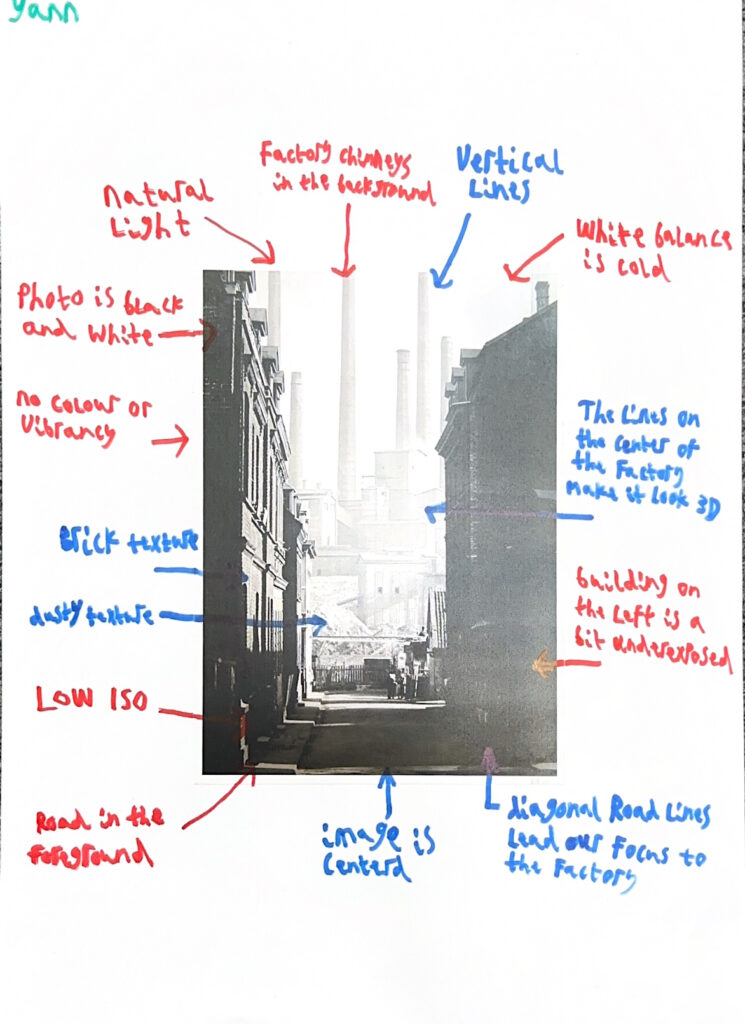By Yann Lock-Livramento
Line

Line is a key part of photography as it can be used to add depth or as leading lines which help point to the subject of a photo. Or to connect points in an image.
There are many different types of lines such as curved, dashed, zigzagging or straight lines.
Direction is also important as the lines could be horizontal, vertical or diagonal.
Converging lines are two lines that meet at a point to give an image depth and Diverging lines move further away from a point.
Shape

When multiple lines connect together it can create a shape.
shape is photography are usually 2 dimensional.
Shapes can be Geometric or Organic with geometric shapes being basic shapes such as: squares, rectangles and triangles. Organic shapes are more natural and can be outlines of objects like a leaf or an animal.
Shapes are usually defined by lines in a photo but they can defined by areas which are brighter or darker or by different colours in in a photo.
Form

Form is 3 Dimensional compared to Shape which is 2 dimensional.
The different shades of colour on the apples create depth and the shadows gives us the impression that the apples on the left are 3D.
Like with shape there are two types of form Geometric and Organic with geometric being Cubes and Cones or any 3D shape.
Texture

Texture could refer to the texture of the objects in the photo and could be indicated by the pattern of the object.
Texture gives the objects in the photo more detail and can change the way we perceive something in the photo.
You could describe the textures as being: Rough, Soft, Smooth, Bumpy, Dry, Wet, Shiny.
Colour

Colour can be due to the colour of the objects being photographed or the lighting in a photo.
The properties of colour:
- Hue which is the colour e.g. red
- Value which is how bright/ dark the colour is
- Saturation is how intense/pure the colour is
The photo on the left uses saturated pinks, purples and yellows/oranges to make the sunset seem beautiful and vibrant.
Colours can also be harmonic which means they compliment each other (go well together) and can be used to affect the mood of a photo.
Size

Size really does matter when it comes to photography as larger objects can draw the readers attention and smaller objects are good for adding more detail to a photo.
Size is good as it adds scale to a photo so you can determine how big the subject in a photo is. In the image on the left the tree shows that the sand dune is really big as it gives scale.
Size can also be used as an illusion as you can take photos in angles which make objects look bigger or smaller then they actually are.
Distance from an object can also affect how big the object looks in a photo as they closer you are to what your photographing can make the object seem bigger and vice versa. Size can be described as being Big/Large, medium and Small.
Depth

Because photos are 2 Dimensional Depth is what makes objects in photos look 3D
Photos Usually have 3 types of depth: Foreground, Middle ground and Background. Having your objects/ subject in any of these grounds will give it a sense of depth
Converging and Diverging lines give the image a linear perspective which is also a good way to give the illusion of depth to an image.
Analysing using the formal elements
I analysed a photo using the formal elements to apply my knowledge and try it out.


Good start…but you can improve your blog by adding the following
1. A blog post that explores camera handling skills and lighting techniques that we have used. The Canon camera simulator examples are useful for this too.
2. More description and analysis of images (your own and others) in each blog post that has only images
3. A blog post that clearly shows your initial images in lightroom (like a contact sheet)…this can highlight your selections too (as well as edits)